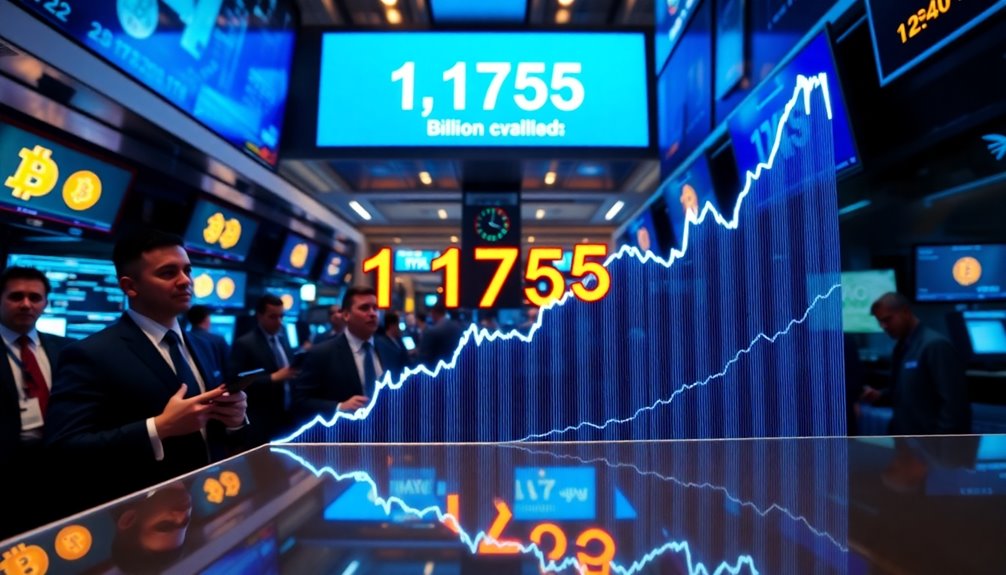Illinois and Indiana are taking bold steps to secure Bitcoin reserves, aiming to combat inflation and economic uncertainty. With Illinois' House Bill 1844 proposing a state-managed Bitcoin fund and Indiana's focus on blockchain technology, both states are positioning themselves to leverage digital assets for financial stability. But what does this mean for the future of state finances and the broader adoption of cryptocurrencies? The implications could be far-reaching.

In a bold move towards embracing digital assets, Illinois and Indiana are taking significant steps to integrate Bitcoin into their state financial strategies. Illinois State Representative John M. Cabello has introduced House Bill 1844, known as the Strategic Bitcoin Reserve Act. This initiative aims to create a Bitcoin reserve fund, which will serve as a hedge against inflation and economic volatility.
You'll find that this fund will be managed by the State Treasurer, allowing residents and government entities to make Bitcoin donations. One key aspect is the holding period; Bitcoin added to the fund must remain untouched for at least five years before being sold or converted. This approach not only promotes long-term investment but also ensures transparency, as regular reports are mandated for fund management. This bill highlights Bitcoin's potential as a decentralized, finite digital asset.
Meanwhile, Indiana is pursuing a different yet complementary strategy. Their House Bill 1322 focuses on blockchain technology adoption and Bitcoin investment strategies. This bill directs the Department of Administration to explore how blockchain can enhance government efficiency and data security.
You'll notice that Indiana's approach allows state-managed funds to invest in approved Bitcoin ETFs, including both spot and futures options. They can tap into funding sources from public employees' retirement funds, state teachers' retirement funds, and public officers' funds. This diversified investment strategy aligns perfectly with broader state initiatives aimed at including digital assets in their financial portfolios.
Both Illinois and Indiana are part of a larger trend, with states like Utah and Arizona also exploring similar digital asset investments. This growing interest in Bitcoin reflects a shift toward viewing it as a strategic asset, akin to gold reserves.
As these policies unfold, they could significantly impact state economies and public investment strategies, providing a new layer of financial resilience. However, it's essential to consider the economic and financial implications of these initiatives.
Bitcoin's decentralized and finite nature positions it as a potential hedge against inflation, which could lead to greater economic stability for both states. Yet, you should be aware of the price volatility risks that accompany Bitcoin investments. Effective management strategies will be crucial to navigate these challenges.
Ultimately, public perception will play a vital role in determining the success of these initiatives, as trust in digital assets becomes increasingly important in shaping the future of state finance.









